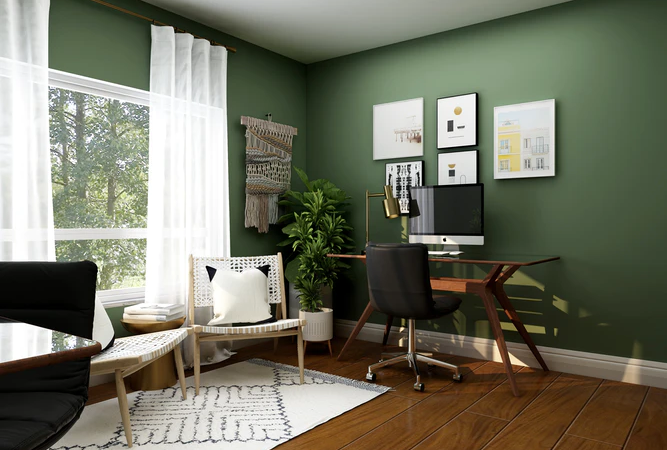Top Tips and Tricks for Creating Beautiful and Effective Posters
If you’re looking to create an eye-catching poster, you should keep a few things in mind. These tips can help you produce a poster that will draw attention and stand out from the crowd.
One of the best ways to make your poster stand out is to use contrasting colors and shades. It can be done with gradients, two different fonts, or interesting juxtapositions between graphic elements.
Use Contrasting Colors and Shades
Contrasting colors and shades are a great way to create a poster and get your audience’s attention. They also help to make your poster stand out from the crowd.
The human eye can easily adjust to different wavelengths of light, so you can use this to your advantage when using contrasting colors and shades. It can help you visually draw people’s eyes to particular elements of your design and can even help them read the text.
Choosing the right color palette is key to a successful design, especially for posters that will be printed. When creating a color palette, consider both the hue and saturation. It will determine how much of each color will be used and where it is most prominently in your design.
You may want to choose poster design ideas that reflect the topic of your poster or even a particular person or object associated with it. These colors can subconsciously remind your reader of your subject and help them navigate the poster more effectively.
Experiment with Shapes
When designing a poster, it’s always best to experiment with different shapes and see what works. This way, you can ensure that your design stands out and appeals to your audience.
You can use geometric, organic, or abstract shapes when creating a poster. It will determine the type of mood or emotion that you want to convey through your design.
For example, if you’re creating a poster depicting a fun-filled event, choosing organic shapes would be a good idea. These are typically soft, flowing, and calming. On the other hand, if you’re creating a serious-minded poster, using geometric shapes would be a good idea.
Geometric shapes include circles, squares, rectangles, and triangles. These types of shapes can be easily shaped with tools and have clear edges.
On the other hand, organic shapes are more ambiguous in size and shape. They can be rounded or curved, and their appearance is more natural.
In addition to using shapes for poster designs, it’s also important to think about how to use color. Color is one of the most crucial components of a poster’s success.
Keep it Clean
Posters with a clean, simple design are much more effective than those that are overly cluttered or contain too many images and text elements. It is especially true when it comes to event posters, which often have limited space.
The first step when designing your poster is to identify which information you want to communicate. Once you’ve done this, it’s time to work on your design. You’ll need to decide what fonts you want to use and how you will arrange your text.
A good way to create a visual hierarchy with your text is to put your headline at the top of the page, followed by medium-size sub-headings and body text in a smaller font. It will keep the eye moving around your poster and give your audience a chance to read what’s most important.
You also need to ensure that your call to action is clear and visible.
Add a Touch of Personality
Posters are a great way to communicate with your audience engagingly and creatively. They can be used to promote upcoming events, sales or promotions, contests, and more. However, they must be eye-catching and convey the right information to your target market to be effective.
Make sure the image you choose matches your brand style and personality, as well as the poster’s purpose. For example, a picture of an actual participant would be an ideal visual if you want to encourage people to participate in an event.
Once you’ve chosen a photo reflecting your brand and message, you can move on to the next step. You can resize your photos and graphics using Adobe photo editing tools, crop them into shapes, apply filters, color overlays, and borders, tweak the opacity settings, and more.
Once you’ve mastered the art of designing posters, don’t be afraid to experiment with different styles and design elements. It’s a great way to push your creativity and learn new design skills!


